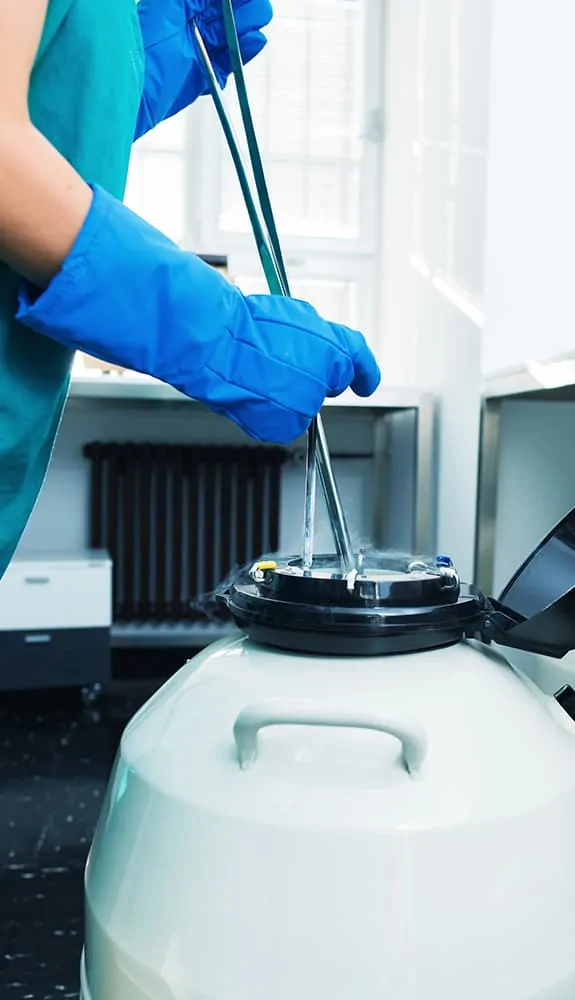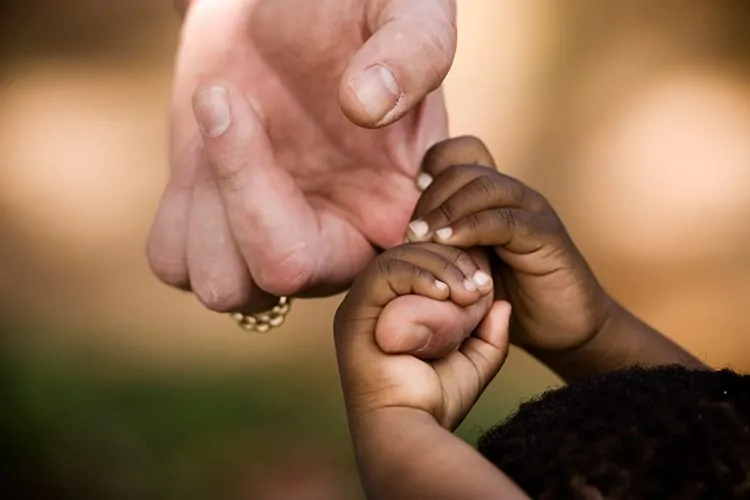When undergoing a medical treatment it can compromise fertility, but what can be done both prior to and after the treatment is completed? Read more about the possibilities in this article.
I often meet individuals whose fertility has been compromised by a medical problem or treatment. Unfortunately the ovaries and testes cannot always be protected from damage caused in treating another, possibly unrelated, problem. The example that most are aware of is the effect of chemotherapy however other treatments, including surgery, radiotherapy (radiation) and the use of other toxic agents can have an impact on both male and female fertility. These drugs may be damaging to the gonads (ovaries and testes) or to the gametes (sperm and eggs) or it may be suggested that although fertility may not be greatly affected, the medications may be harmful during pregnancy. When it is known that there is likely to be an issue, it is possible to store eggs or sperm or indeed embryos in advance of that treatment to provide a backup for later fertility issues. This is not always possible however and so in the clinic, we are sometimes faced with considering alternatives.

What if gametes have been stored?
Stored eggs: When eggs are stored, they can be warmed, fertilised with sperm (using in vitro fertilisation – IVF) and the resulting embryos replaced into the woman’s uterus (womb) in the hope of making a pregnancy. Success rates overall will depend on the woman’s age when the eggs were stored, the number of eggs available and the quality of the resulting embryos. Frozen embryos can similarly be warmed when needed and replaced into the womb. The procedure for putting embryos into the womb is a little like having a smear (pap test) taken. Medication is usually given to prepare the womb in readiness and then to support embryo development. It is possible in some circumstances (where the woman continues to ovulate naturally) to undertake a transfer timed to her natural cycle. This can be equally successful and may be more appropriate for some.
Stored sperm: The use of stored sperm is dependent on the quality of the sperm when it is frozen and its thaw quality i.e. how well it recovers from the freeze/thaw process. Success in achieving a pregnancy also is dependent on the fertility status of the woman to be treated. If the sperm freeze/thaw quality is good, the woman is expected to have normal fertility, and if there are sufficient stored samples then the easiest and most natural technique is simply to inseminate prepared sperm into the woman’s uterus around the time of ovulation. This would normally be done by tracking a natural cycle although in some situations drugs may be used to manage her cycle. Such treatment can give the same opportunity of conception as if the couple had had natural intercourse. If the sperm is not such good quality or if there is a limited amount available, then it may be best used through the IVF process (including intracytoplasmic sperm injection – ICSI – injection of the sperm into the egg, if needed). Where sperm is available the success rates of treatment relate primarily to the woman’s age and fertility.
Treatment options after medical issues
When treatment follows significant medical issues, then usually an assessment of the impact of those issues would be considered. In part this is to consider the welfare of any child (a legal obligation when licenced treatment is contemplated) and that child’s need for supportive parenting. Furthermore, if a woman with a significant medical history is to be treated, the risk of those problems affecting a pregnancy or the potential for a pregnancy to put the woman’s health further at risk must be contemplated and a thorough assessment undertaken.
In some instances it may be agreed that pregnancy would be too risky. In this situation it may yet be feasible to collect eggs (or to use eggs or embryos in store already) to be used along with a surrogate (gestational carrier). A surrogate would be engaged to carry a pregnancy with a view to transferring legal rights over any child to the commissioning (intended) parents thereby allowing them to build their family. Surrogates are sometimes also used as egg donors, achieving pregnancy by self-insemination with the commissioning father’s (female partners’) sperm.
Where no gametes or embryos are available either from storage or later by collection, it is still possible to achieve pregnancy using a donation of either sperm or eggs as relevant or indeed on occasion donated embryos. Although there is then a genetic difference to consider this allows for a couple to have a pregnancy and create a family together. It is possible to help to create families in all situations including with single and LGBT patients.

Ultimately if there is a source of sperm (frozen, fresh, donated) a source of eggs (frozen, fresh, donated) and a uterus (female patient, surrogate) then some form of treatment (insemination, IVF/ICSI, frozen embryo transfer) may be considered. It is of course appropriate always consider other options which may include accepting or planning childlessness, adoption or fostering or being involved in an extended family.



